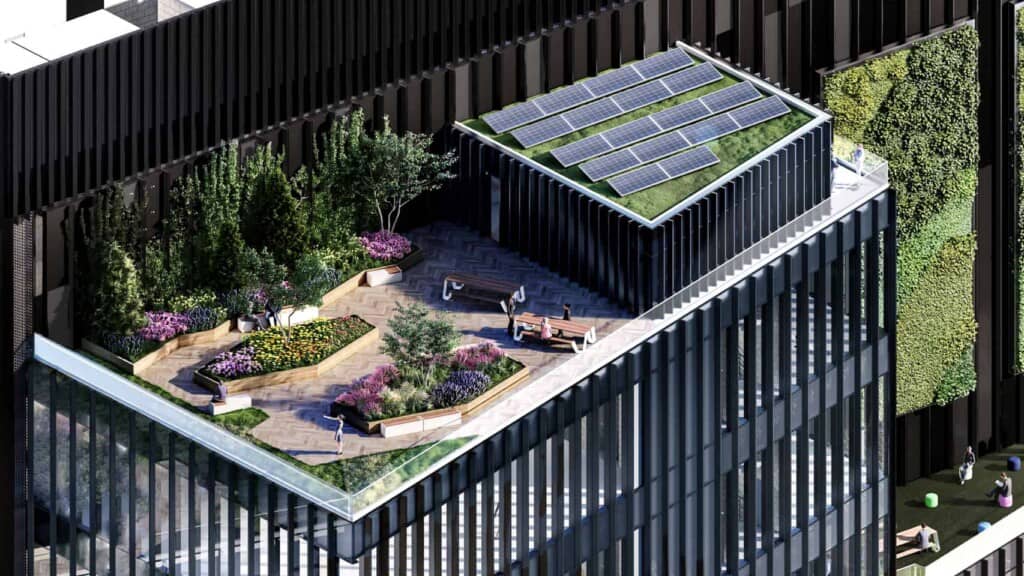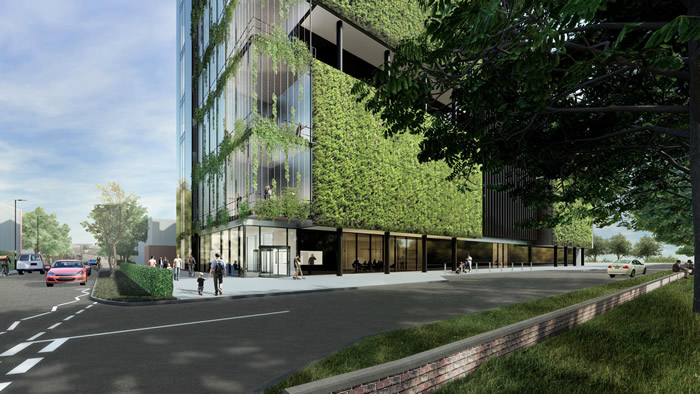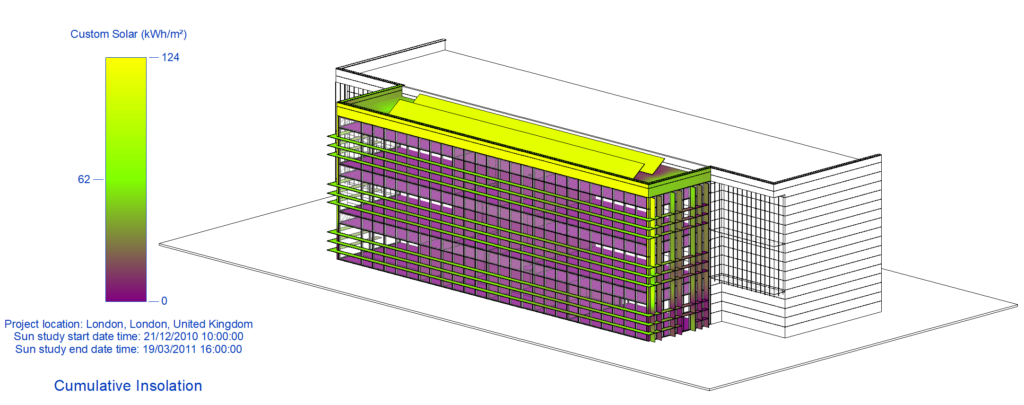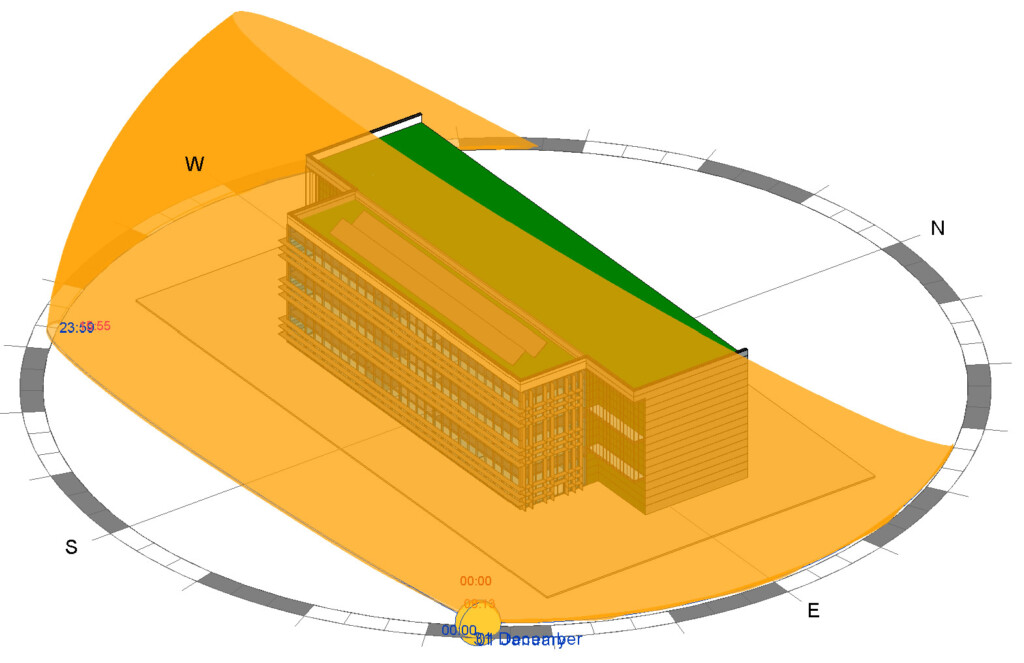Architecture and smart materials 30 Sep 2025
By Laura Deus
Imagine a Zero-Carbon Data Centre where the building itself performs like a living organism, actively managing its internal climate without constant mechanical intervention:
● A biomimetic skin inspired by plant leaves, composed of hygroscopic bio-based materials that acts as an automated louvre system, expanding during hot, dry periods to promote ventilation and contracting during cooler, damp conditions to retain warmth.
● Phase change wall systems that “breathe” heat away from server halls, balancing indoor temperatures and reducing reliance on HVAC systems.
● Self-healing materials (like certain polymers or concrete with bacteria) reduce the need for repairs, especially in harsh environments. Together, these elements can shift the Data Centre from being a passive box to an active participant in climate control.
What do these elements have in common? They are Smart materials. Smart materials are the exciting and innovative technological response from Architecture and Construction to climate change. Willing to create a sustainable and energy-efficient environment, these materials can adapt in real-time to stimuli like temperature, light, moisture, and pressure.
Some benefits of using smart building materials for construction include the efficiency regarding energy and environment; the efficiency of installation; their response to harsh environmental conditions; and their self-maintenance.
In today’s rapidly evolving world, efficiency and adaptability are crucial. Modern life relies heavily on technology and Designers aim for efficient, durable, and sustainable structures, with material selection being key. Smart materials represent the future of advanced and efficient design and construction, offering significant benefits for creating buildings with reduced environmental impact.






 Glazing ratios and solar shading devices designed to suit solar orientation ensure the building façade becomes more resilient to excessive heat gains and losses.
Glazing ratios and solar shading devices designed to suit solar orientation ensure the building façade becomes more resilient to excessive heat gains and losses.